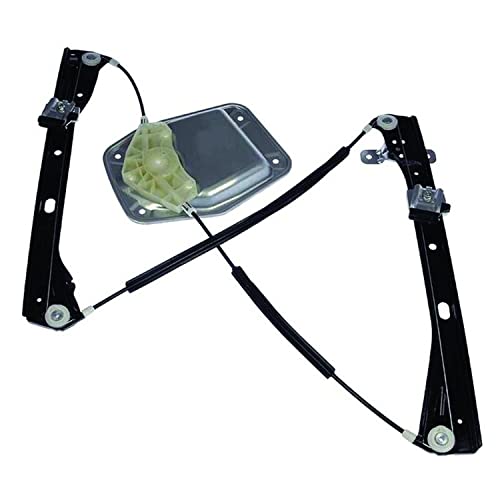toffo24
Well-known member
I see that a lot of people are looking to reduce their tyre sidewall height size to achieve a different stance, here is some information that should help you when you look at downsizing.
Just worth thinking about so you know.
Originally as size of you may know our busses were vans or mini busses, when there were produced the only tyre that was made was a cross ply(nylon belts) tyre. After 1971 all t2's were produced with steel belted radial tyres. The original radial tyre specification is a 185R14 C or for mini buses 185SR14 reinforced.
Any change away from the original tyre size needs to take the following into account.
Load index
The axles on out buses have a set capacity, most of the time you will not need to load you vehicle up to this capacity, although it should be taken into consideration that loads increase under cornering, accelerating and braking.
If you want to check the information I used then it's here below:-
http://www.reocities.com/motorcity/garage/6369/Camper_dades_tecniques.htm" onclick="window.open(this.href);return false;
campmobile
Front axle load is 1010kg
Rear axle load capacity is 1270kg
All modern tyres now have a load/speed index marked on the sidewall of each tyre,
The table below sets this out for you:-
http://www.tirerack.com/tires/tiretech/techpage.jsp?techid=35" onclick="window.open(this.href);return false;
So you how do you work out which ones right for you?
Take your axle capacity and divide it by the amount or wheel assemblies fitted to it, in our case 2
So 1010kg divided by two is 505kg per tyre
Go back to you chart and you will see that this is equal to the Load index of 85 and 515 kg per tyre. Now personally I would always allow an extra 50% capacity in any load capacity change so it would be a good idea to bear this in mind if you are changing your tyre specifications away from the original tyres
You can use the chart to check if your new tyre choice would be within the original capacity
limits
I hope this may be of use.
Just worth thinking about so you know.
Originally as size of you may know our busses were vans or mini busses, when there were produced the only tyre that was made was a cross ply(nylon belts) tyre. After 1971 all t2's were produced with steel belted radial tyres. The original radial tyre specification is a 185R14 C or for mini buses 185SR14 reinforced.
Any change away from the original tyre size needs to take the following into account.
Load index
The axles on out buses have a set capacity, most of the time you will not need to load you vehicle up to this capacity, although it should be taken into consideration that loads increase under cornering, accelerating and braking.
If you want to check the information I used then it's here below:-
http://www.reocities.com/motorcity/garage/6369/Camper_dades_tecniques.htm" onclick="window.open(this.href);return false;
campmobile
Front axle load is 1010kg
Rear axle load capacity is 1270kg
All modern tyres now have a load/speed index marked on the sidewall of each tyre,
The table below sets this out for you:-
http://www.tirerack.com/tires/tiretech/techpage.jsp?techid=35" onclick="window.open(this.href);return false;
So you how do you work out which ones right for you?
Take your axle capacity and divide it by the amount or wheel assemblies fitted to it, in our case 2
So 1010kg divided by two is 505kg per tyre
Go back to you chart and you will see that this is equal to the Load index of 85 and 515 kg per tyre. Now personally I would always allow an extra 50% capacity in any load capacity change so it would be a good idea to bear this in mind if you are changing your tyre specifications away from the original tyres
You can use the chart to check if your new tyre choice would be within the original capacity
limits
I hope this may be of use.































